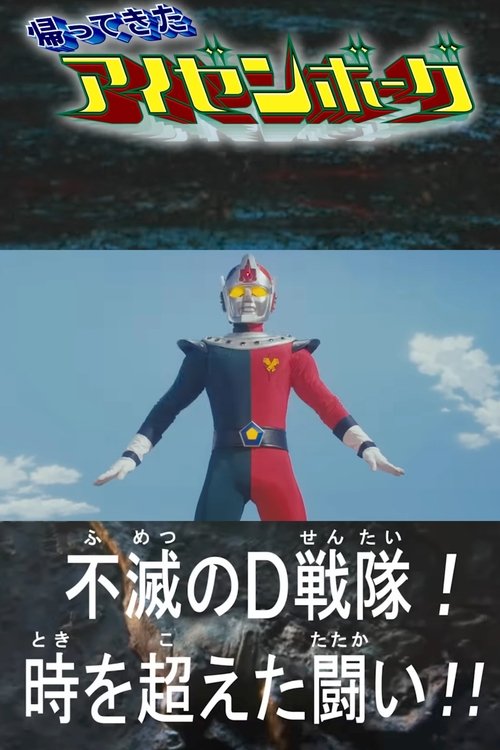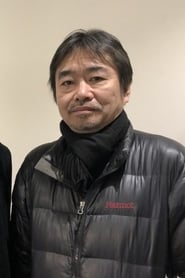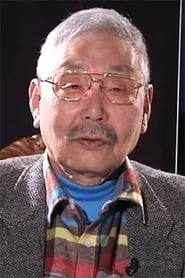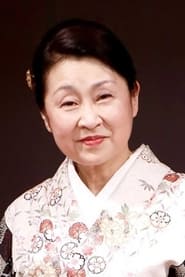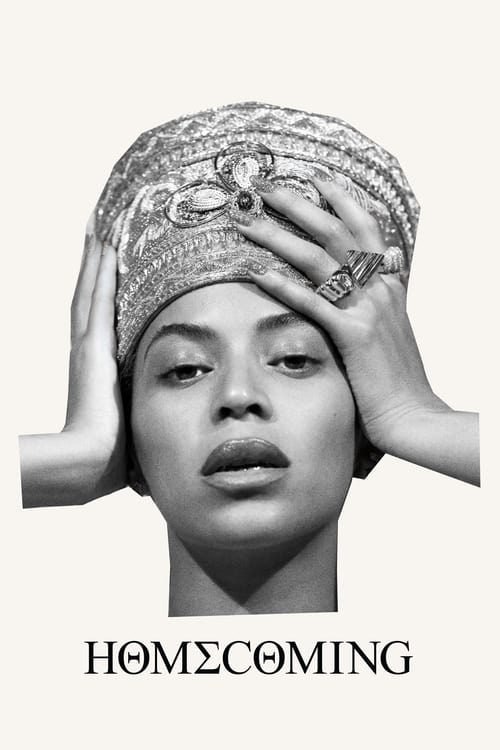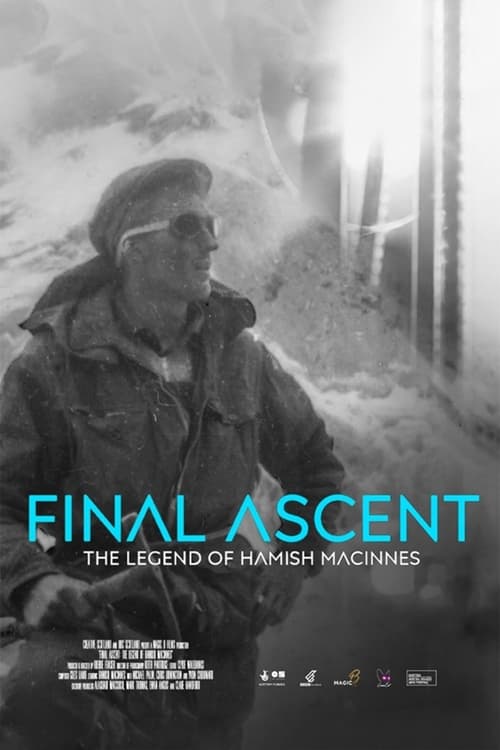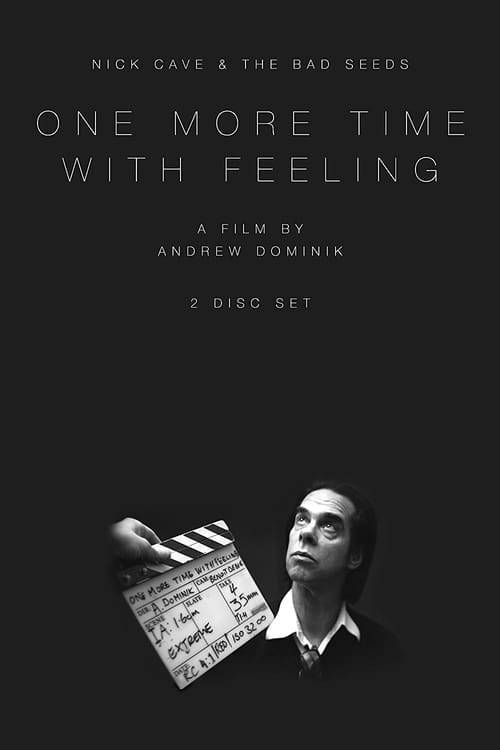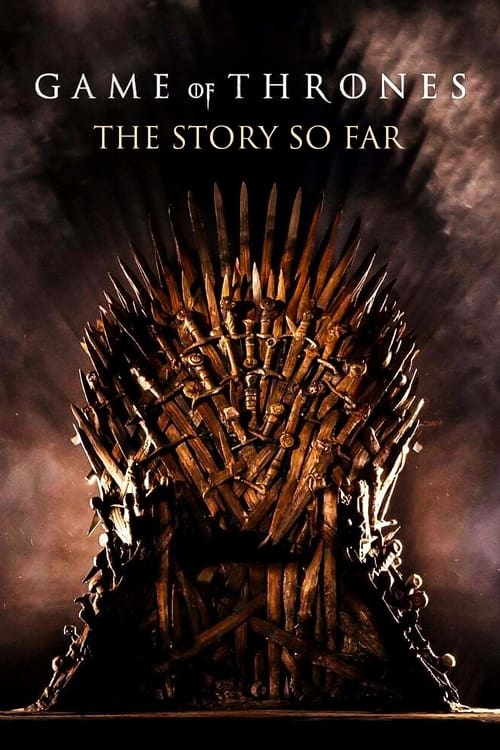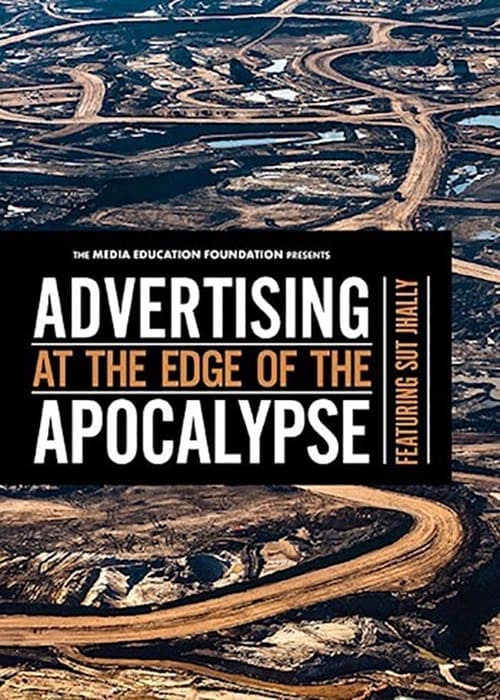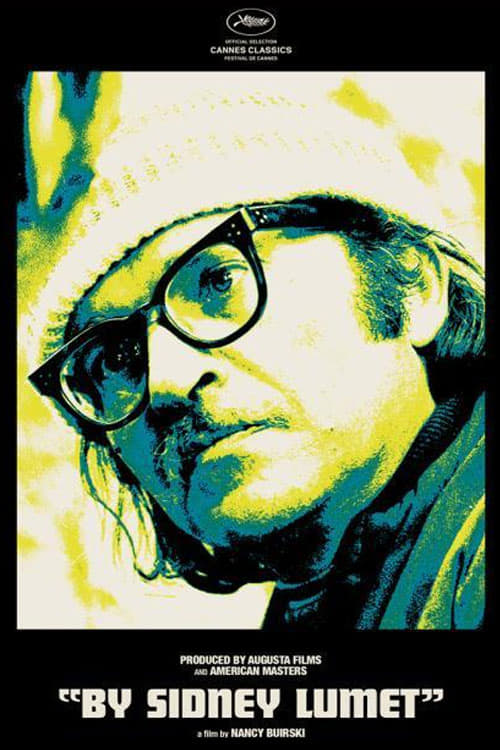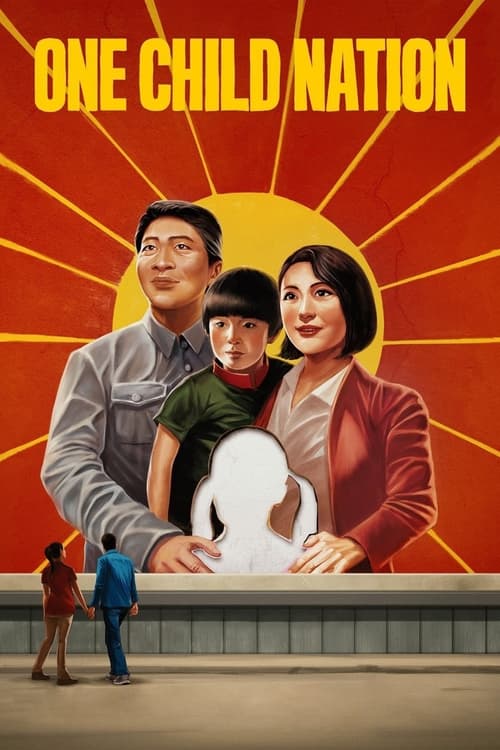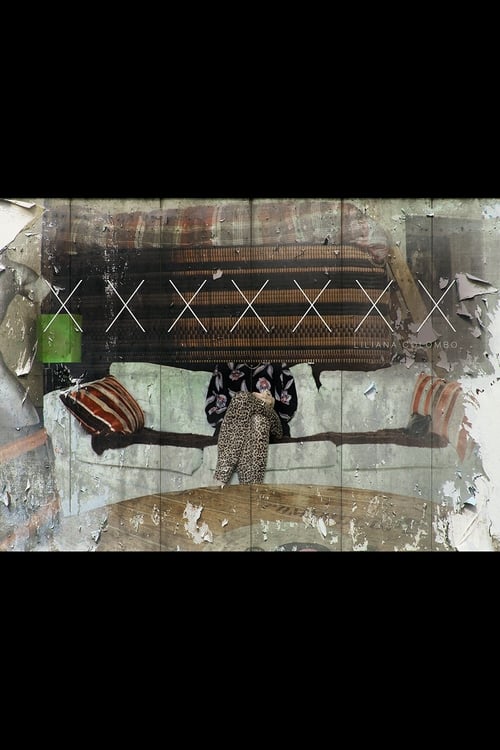
Ask Your Own Question
What is the plot?
More Movies Like This
Browse All Movies →
What is the ending?
In the ending of "The Return of Izenborg," the protagonist, Kenta, confronts the final threat posed by the antagonist, leading to a climactic battle. After a fierce struggle, Kenta manages to defeat the enemy, restoring peace. The film concludes with Kenta reflecting on his journey, surrounded by his friends, as they look forward to a hopeful future.
As the film approaches its climax, the tension builds in a series of intense scenes. Kenta, having grown significantly throughout his journey, stands at the edge of a desolate battlefield, the remnants of previous conflicts scattered around him. The air is thick with anticipation as he prepares to face the formidable antagonist, a towering figure shrouded in darkness, representing the culmination of all the challenges Kenta has faced.
The battle begins with a fierce exchange of blows, showcasing Kenta's evolution as a fighter. He recalls the lessons learned from his friends and mentors, each memory fueling his determination. The antagonist taunts him, revealing the personal stakes involved, reminding Kenta of the losses he has endured. This moment is pivotal, as Kenta's emotional state shifts from fear to resolve, igniting a fire within him.
As the fight escalates, Kenta taps into the power of Izenborg, the legendary entity he has been connected to throughout the film. The transformation is visually striking; Kenta glows with energy, his movements becoming more fluid and powerful. The audience can feel the weight of his journey in this moment, as he channels not just his strength but the hopes of those he fights for.
In a climactic moment, Kenta delivers a decisive blow to the antagonist, who falls to the ground, defeated. The atmosphere shifts from one of chaos to a profound silence, as Kenta stands over his fallen foe, breathing heavily, the reality of his victory sinking in. The antagonist, in their final moments, acknowledges Kenta's strength, hinting at a deeper connection between them, perhaps a shared past or a reflection of Kenta's own fears.
With the battle won, Kenta returns to his friends, who have been anxiously waiting for his return. Their reunion is filled with relief and joy, as they embrace him, celebrating not just the victory but the bonds they have forged through adversity. Each character reflects on their growth; they have all faced their own demons and emerged stronger.
The film concludes with a serene scene, where Kenta and his friends stand together, looking out over a peaceful landscape. The sun sets in the background, casting a warm glow over them, symbolizing hope and new beginnings. Kenta, now a leader and a protector, expresses his gratitude for the journey they have shared, and they all look forward to a future free from the shadows of their past.
In the final moments, the camera pans out, capturing the group as they walk forward together, united and resolute. The fate of each character is intertwined; Kenta has found his purpose, the antagonist has been defeated, and the friends have solidified their bonds, ready to face whatever challenges may come next. The film closes on a note of optimism, emphasizing the themes of friendship, resilience, and the enduring spirit of hope.
Is there a post-credit scene?
In "The Return of Izenborg," there is indeed a post-credit scene that adds an intriguing layer to the film's narrative. After the credits roll, the screen fades back in to reveal a dimly lit laboratory filled with advanced technology and flickering screens. The atmosphere is tense, with a low hum of machinery in the background.
In this scene, a shadowy figure is seen working diligently at a console, their face obscured by the glow of the monitors. As the camera zooms in, it becomes clear that they are analyzing data related to Izenborg and the events that transpired throughout the film. The figure's fingers dance over the keyboard, inputting commands with urgency.
Suddenly, a holographic projection of Izenborg appears, flickering as it stabilizes. The figure leans closer, a look of determination etched on their face. They mutter to themselves about the need to harness Izenborg's power for a greater purpose, hinting at a larger threat looming on the horizon.
The scene ends with the figure turning to the camera, revealing a familiar face from the main storyline, suggesting that their involvement is far from over. This moment leaves the audience with a sense of anticipation and curiosity about the future of Izenborg and the potential challenges that lie ahead.
What role does the antagonist play in the development of the plot?
The antagonist serves as a catalyst for the main characters' growth, embodying the fears and challenges they must overcome. Their relentless pursuit of power and control forces the protagonists to unite and confront their own weaknesses, driving the narrative tension and highlighting themes of sacrifice and resilience.
How do the supporting characters contribute to the main storyline?
The supporting characters each bring unique skills and perspectives that enrich the narrative. They provide emotional support, comic relief, and critical insights that help the protagonist navigate their challenges. Their interactions and backstories deepen the plot, illustrating the importance of teamwork and friendship in overcoming adversity.
What is the significance of Izenborg's transformation in the film?
Izenborg's transformation is a pivotal moment in the film, symbolizing the struggle between humanity and the monstrous forces they face. As Izenborg evolves, it reflects the internal conflict of the protagonist, who grapples with the duality of their identity and the burden of power.
How does the character of Kenta evolve throughout the story?
Kenta begins as a reluctant hero, burdened by the expectations placed upon him. As the narrative progresses, he confronts his fears and insecurities, ultimately embracing his role as a leader. His emotional journey is marked by moments of doubt, courage, and the desire to protect his friends, culminating in a powerful resolve to face the antagonists.
What is the significance of the final battle scene in the film?
The final battle scene is a culmination of the characters' journeys, showcasing their growth and the stakes of their conflict. It is visually intense, filled with emotional weight as each character confronts their fears. The choreography of the battle reflects their inner struggles, making it not just a physical confrontation but a resolution of their personal arcs.
Is this family friendly?
"The Return of Izenborg," produced in 2017, contains several elements that may not be suitable for younger audiences or sensitive viewers. Here are some potentially objectionable aspects:
-
Violence and Action Sequences: The film features intense action scenes that include battles between giant robots and monsters. These sequences may be frightening for children and could depict destruction and chaos.
-
Dark Themes: The narrative explores themes of loss, sacrifice, and the struggle against overwhelming odds, which may be emotionally heavy for younger viewers.
-
Monsters and Creatures: The presence of monstrous beings and their confrontations with humans can be unsettling, particularly for those who are sensitive to horror or suspense elements.
-
Emotional Turmoil: Characters experience significant emotional distress, including fear, anger, and despair, which may resonate deeply and could be upsetting for some viewers.
-
Mature Situations: There are moments that touch on complex relationships and moral dilemmas that may not be easily understood by children.
Overall, while the film may appeal to fans of science fiction and action, its darker themes and intense scenes warrant caution for family viewing.

